
Caribbean Monk Seal National Maritime Historical Society
The Caribbean monk seal ( Monachus tropicalis ), the only seal species native to the gulf of Mexico, was declared extinct by the International Union for the Conservation of Nature in 1994 and the US National Ocean and Atmospheric Administration in 2008, with the last confirmed sighting in 1952.
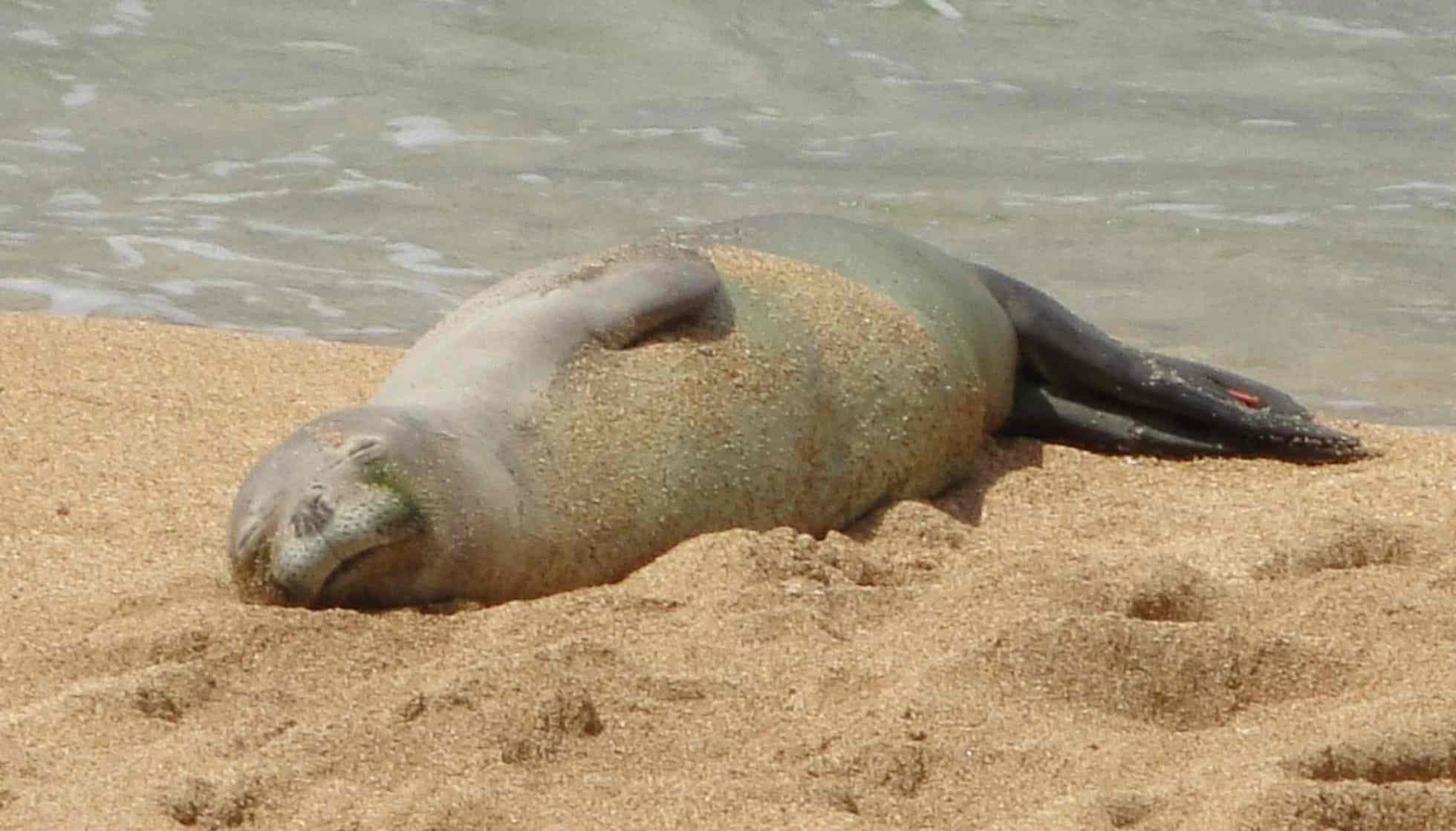
Fun Caribbean Monk Seal Facts For Kids Kidadl
With the Caribbean species now extinct, the Hawaiian monk seal is the last surviving species of the genus Neomonachus, as the Mediterranean species is in its genus, Monachus. Both species are listed as "critically endangered" by the International Union for Conservation of Nature.

Hawaiian Monk Seal National Geographic Hawaiian monk seal, Monk seal, Polar animals
The Caribbean monk seal ( Neomonachus tropicalis ), also known as the West Indian seal or sea wolf, was a species of seal native to the Caribbean which is now believed to be extinct. The main natural predators of Caribbean monk seals were large sharks, such as great whites and tiger sharks, and possibly transient orcas (though killer whales are.

The Endangered Hawaiian Monk Seal Smithsonian Ocean
Caribbean monk seals were found in warm temperate, subtropical and tropical waters of the Caribbean Sea, Gulf of Mexico, and the western Atlantic Ocean. They probably preferred to haul out at low sandy beaches above high tide on isolated and secluded atolls and islands, but occasionally would visit the mainland coasts and deeper waters offshore.

The Caribbean Monk Seal was the only known seal which was native to the Caribbean Sea and the
For example, the Caribbean monk seal became extinct in the 1970s. While hunting has become more regulated in recent years, seals still face many threats, such as lack of food, entanglement in.
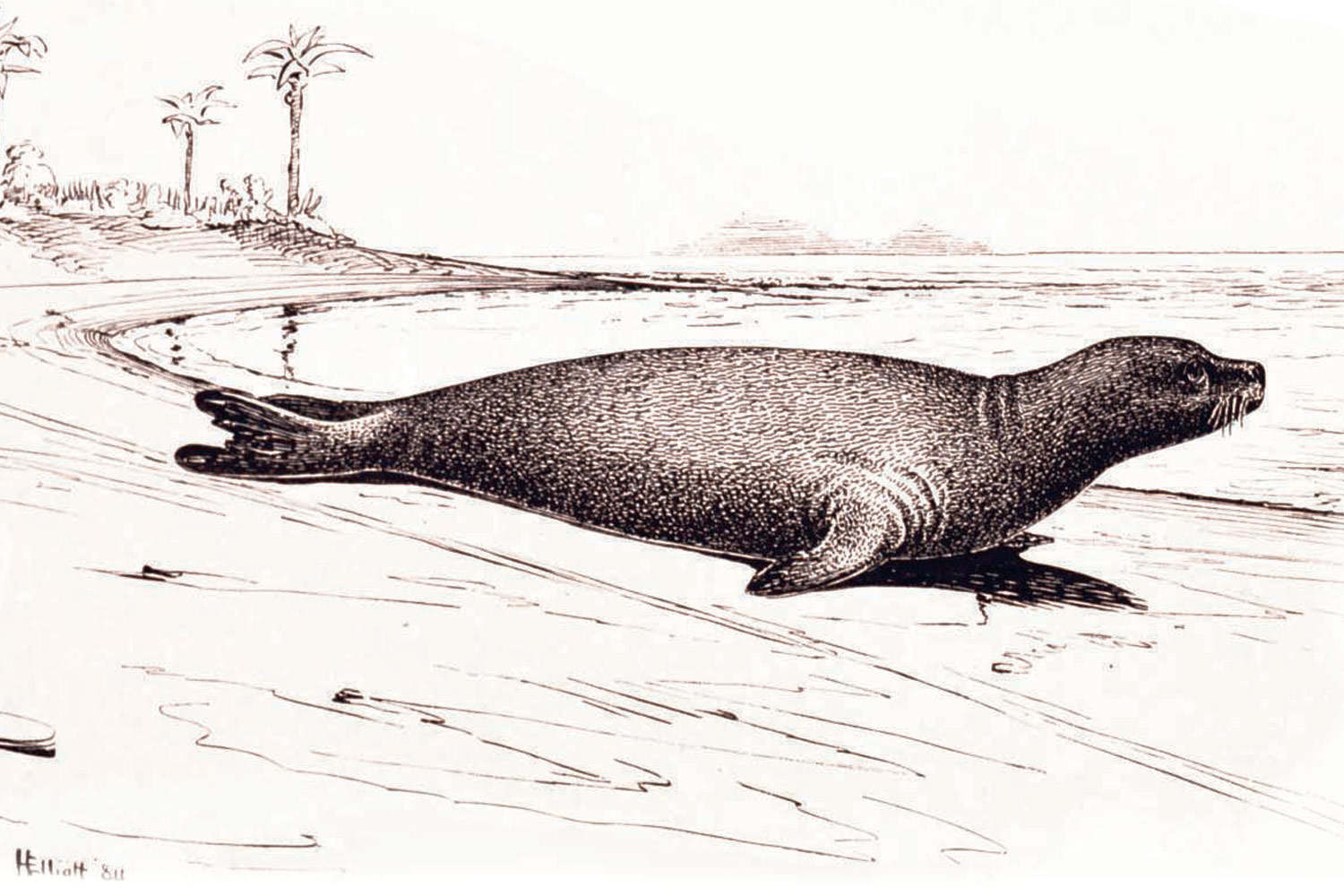
Caribbean Monk Seal National Maritime Historical Society
June 9, 2008 Source: National Oceanic And Atmospheric Administration Summary: After a five year review, NOAA's Fisheries Service has determined that the Caribbean monk seal, which has not been.
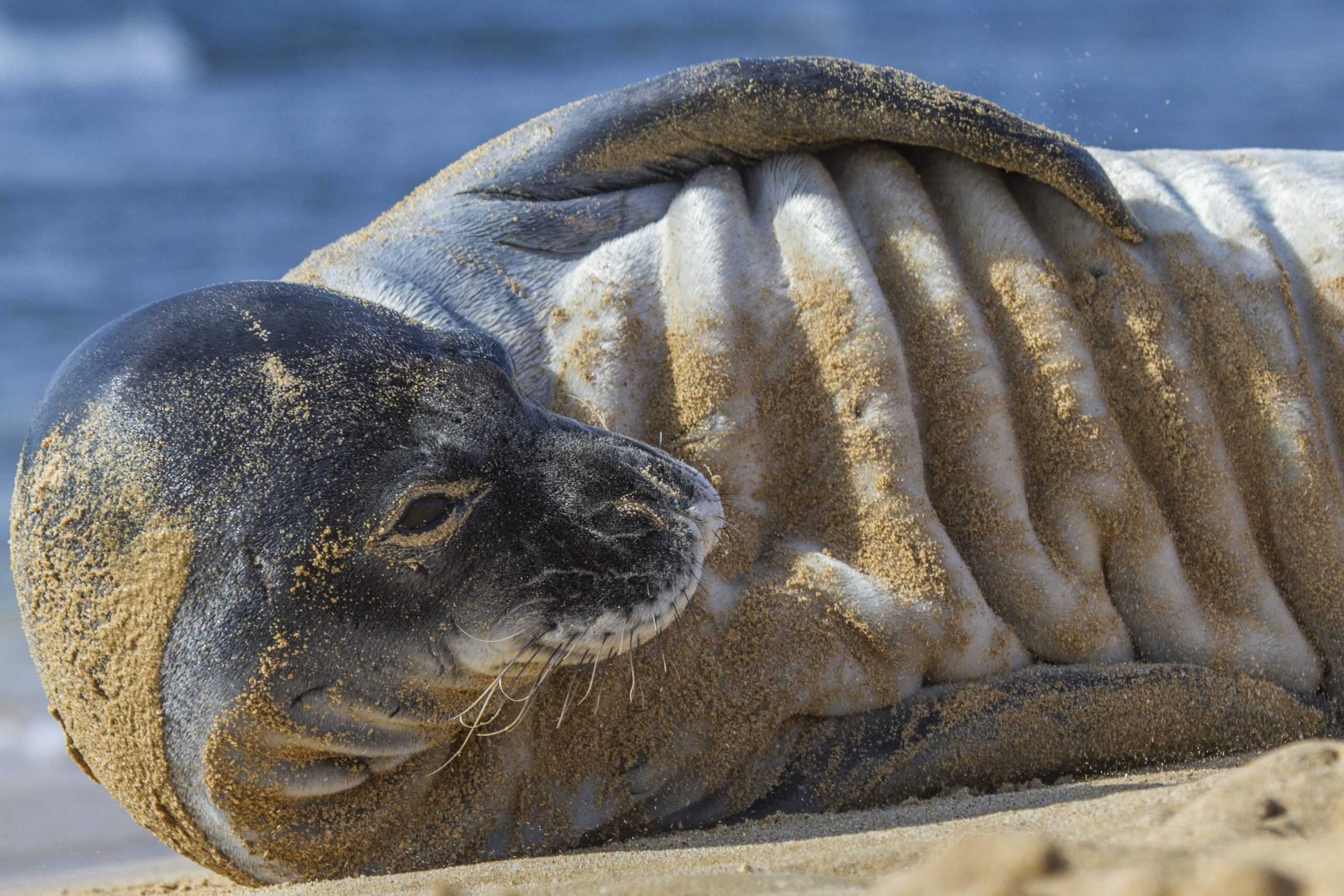
Monk Seals Hawaiian Marine Life
description In monk seal The Caribbean, or West Indian, monk seal ( M. tropicalis) was thought to be extinct by the early 1970s. The surviving species, both in danger of extinction, are the Mediterranean monk seal ( M. monachus) and the Hawaiian, or Laysan, monk seal ( M. schauinslandi ). The seals are threatened… Read More

Animals of the world Caribbean monk seal
Caribbean monk seals, also known as Monachus tropicalis, were once a common sight in the warm waters of the Caribbean, but sadly, they are now extinct. A stamp printed in Tanzania from the Endangered Species issue shows Carribean monk seals Monachus tropicalis , circa 1994. The last confirmed sighting of a Caribbean monk seal was in 1952, and.

Hawaiian Monk Seal Facts Habitat, Diet, Conservation, & More
Caribbean monk seals were brownish or grayish in color with the underside lighter than the dorsal region. The skin color of the adults used to be darker than the younger ones. Few specimens had a greenish appearance because of algae growing on their pelage. By Richard King
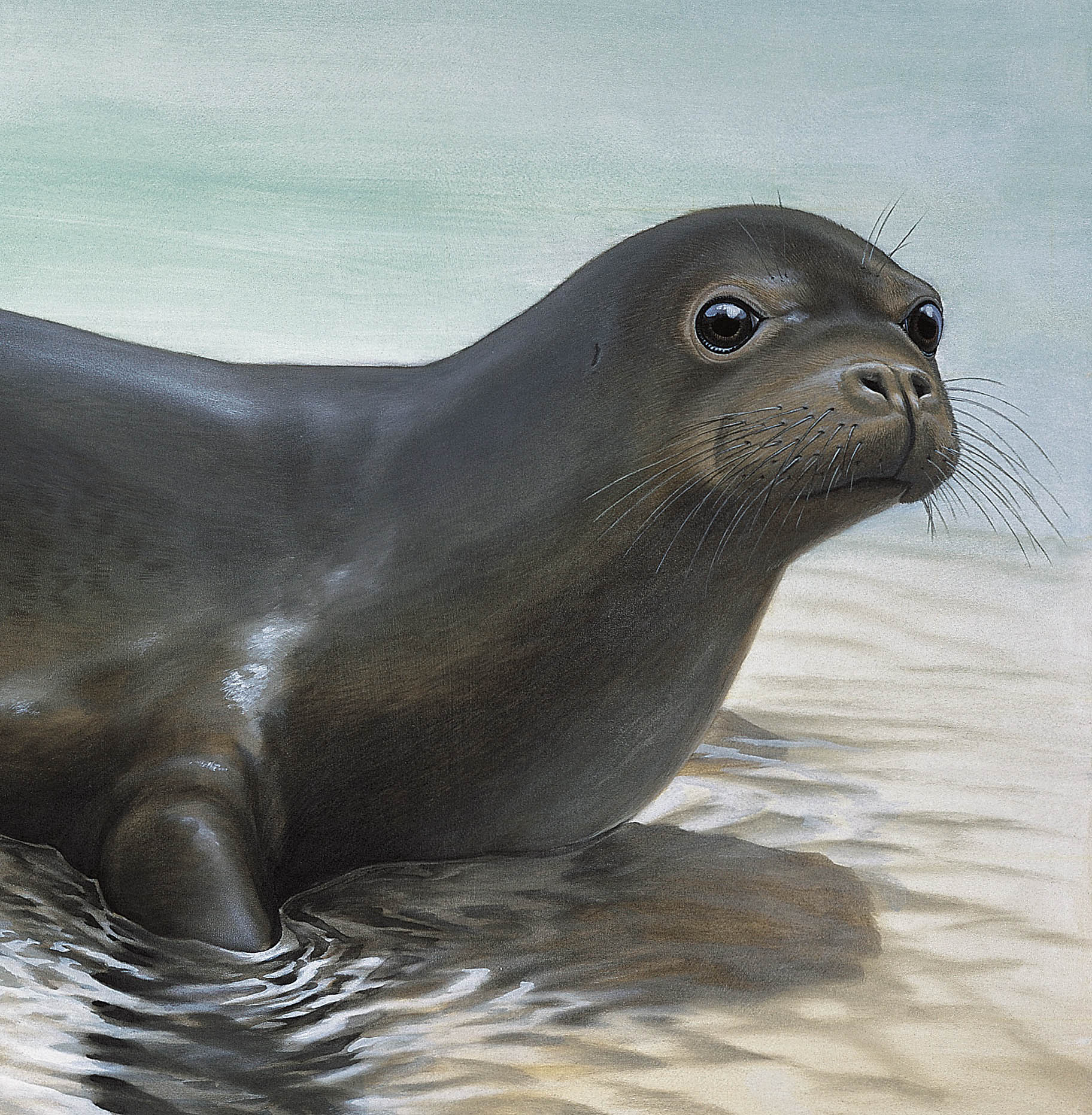
Smithsonian Scientists Use Extinct Species to Reclassify the World’s Remaining Two Species of
Caribbean monk seals occupied a marine environment, with rocky or sandy coastline for shelter and breeding areas. Unconfirmed sightings of M. tropicalis by divers usually take place underwater. This suggests they are rarely seen at the surface, or when they are, they are rarely recognized.
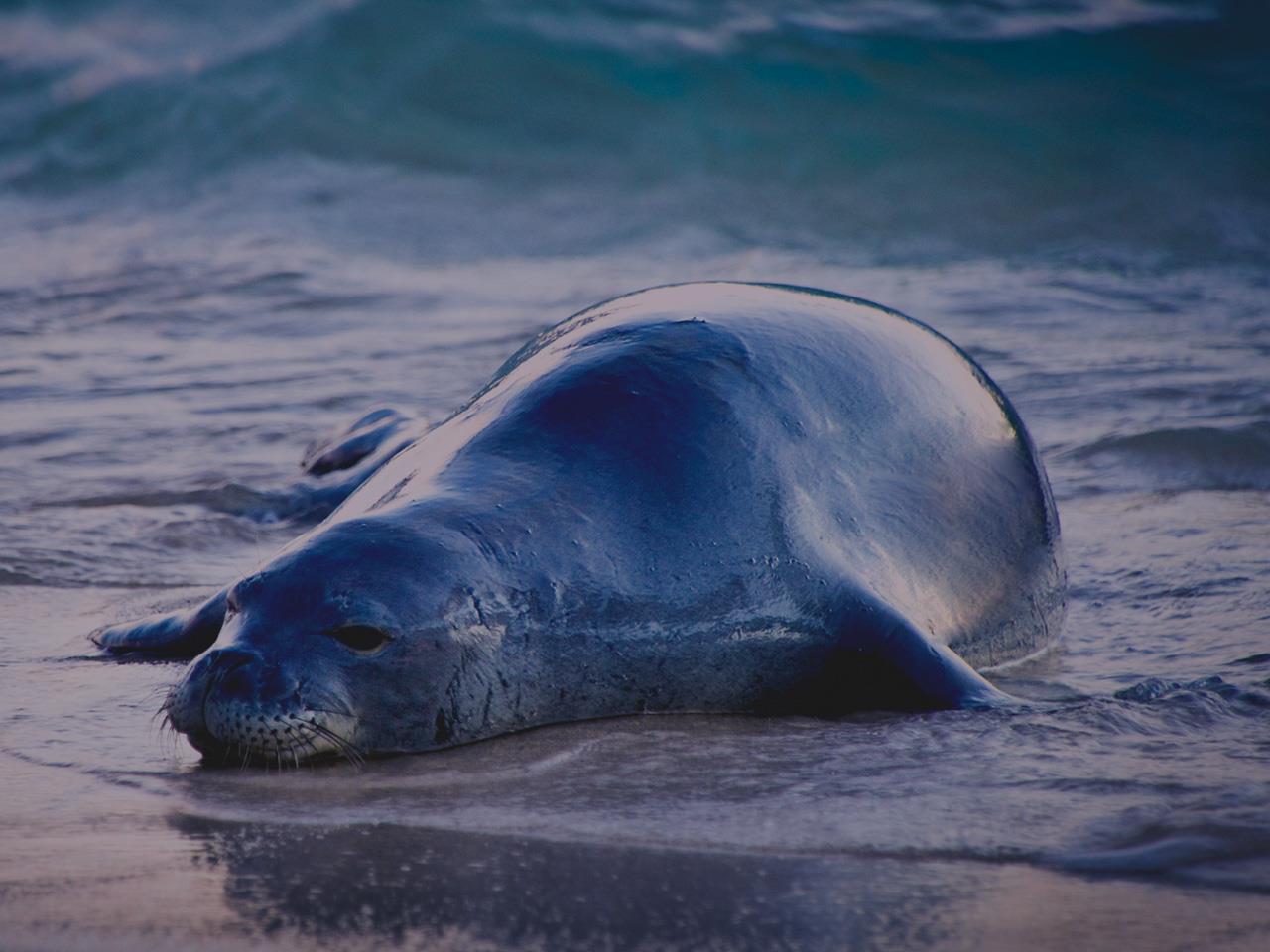
Farewell, Docile Creature Caribbean Monk Seal Declared Extinct
The Caribbean monk seal, also known as the West Indian monk seal, was a medium-sized seal. The adults were greyish-brown (females were slightly darker), with a yellowish colour underneath and on the muzzle. The body length was about 79-94 in (2.0-2.4 m) and they weighed about 350 lb (160 kg). Males were slightly larger than females.

Monk Seal Facts, History, Useful Information and Amazing Pictures
The Hawaiian monk seal experienced population drops in the 19th century and during World War II, and the Caribbean monk seal was exploited since the 1500s until the 1850s, when populations were too low to hunt commercially.

Hawaiian Monk Seal Crittercam Trouble in Paradise National Geographic Blog
The Caribbean Monk Seal, the only seal ever known to be native to the Caribbean sea and the Gulf of Mexico, is now considered extinct. Note: The above text is excerpted from the Wikipedia.
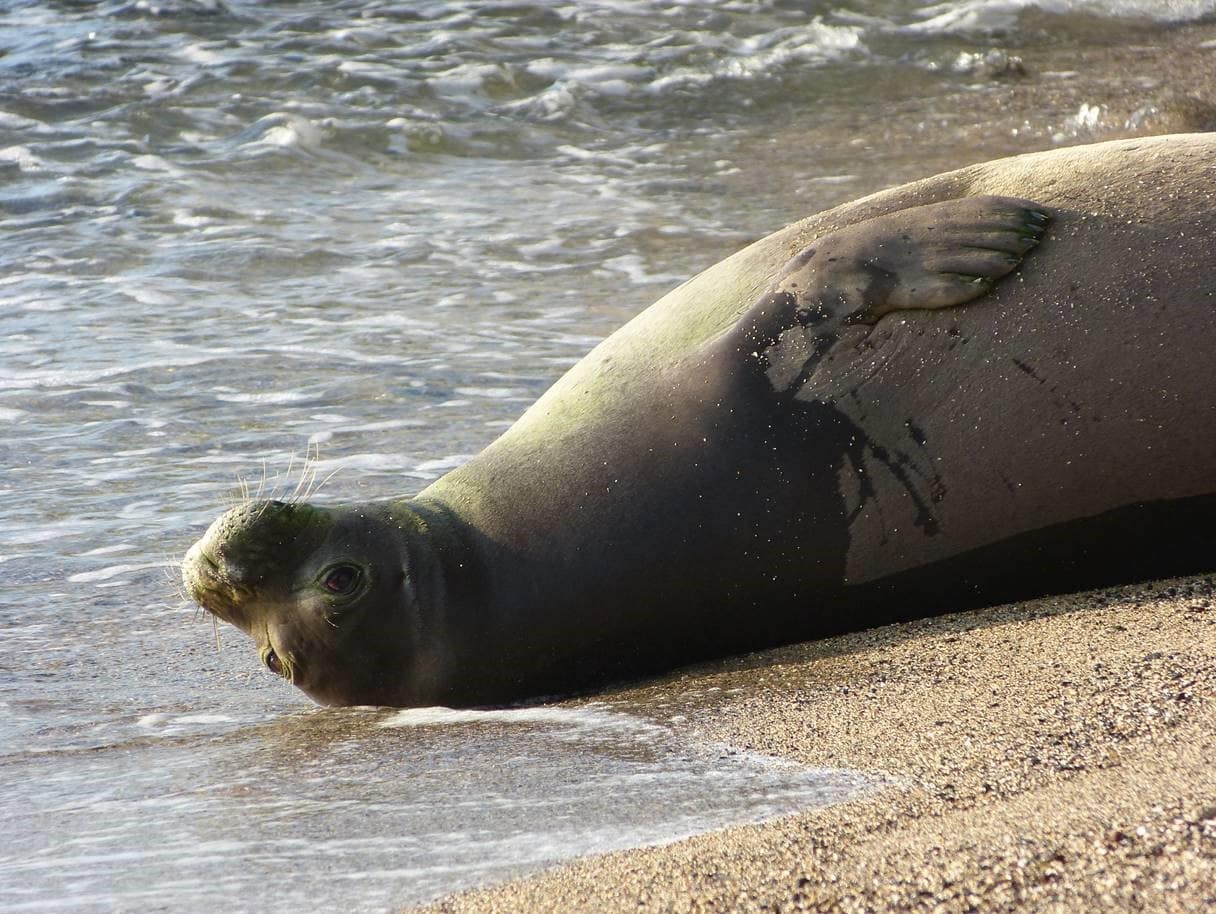
"Rough Seas" for the Hawaiian Monk Seal Maui Ocean Center
The Caribbean monk seal is the only pinniped species which has become extinct in modern times. The reason for the extinction would seem to be quite obvious: they were mindlessly slaughtered in large numbers by European hunters, by plantation settlers and even by so-called scientists from the 17th to the 19th centuries.
/hawaiian-monk-seal-119486447-5c3b5411c9e77c0001fcfec5.jpg)
Möt Hawaiian Monk Seal The Seal That Likes Warm Water
Monk seals have been hunted extensively for fur, oil, and meat, and all three species are listed as endangered in the Red Data Book. The Caribbean, or West Indian, monk seal (M. tropicalis) was thought to be extinct by the early 1970s.The surviving species, both in danger of extinction, are the Mediterranean monk seal (M. monachus) and the Hawaiian, or Laysan, monk seal (M. schauinslandi).

Monk seal Monk seal, Hawaiian monk seal, Maui vacation
Now extinct, the Caribbean monk seal was the only seal native to the Gulf of Mexico. They were tropically distributed but limited to the Gulf of Mexico coast, Yucatan Peninsula, western Caribbean Sea, the Greater and Lesser Antilles, the Bahamas, and the Florida Keys. Records from Texas include one sighting in 1932 and several instances of.